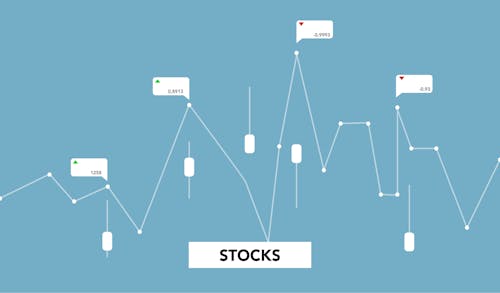Alpha Creation: Long Duration

Image Source: Pexels
We operate under the premise that alpha can be generated by stock selection, courage, concentration, and long-duration holding periods. In today’s missive, we will talk about long-duration holding periods through the lens of our current concentrated position in the oil industry.
Many years ago, a financial adviser said the following: “Your portfolio is like a bar of soap, the more you rub it, the smaller it gets.” There is brilliance to what he said. First, transactions cost money. Second, taxes cost money. Lastly, and most importantly, activity interrupts the most powerful mathematics in common stock portfolio management.
Here is the easiest way to think about the math of common stock investing. If you look back over the prior ten years in our portfolio, you’ll find that most of our alpha came from about 20% of our stocks. These are stocks that have gone up many times what we paid for them originally. Examples would be Bank of America (BAC), JPMorgan (JPM), NVR (NVR), Home Depot (HD), and Disney (DIS). They went up many times what we paid for them.
On the downside, we pay cash and are limited to losing 100% of our original investment. We use a sell discipline that leans on the “where are we wrong side,” so we usually limit our losses to 20-30% of the original investment. Therefore, we are maximizing our most successful long-duration holdings and recognizing defeats along the way. We think you’d find that great long-duration track records like Berkshire Hathaway, Peter Lynch, John Templeton, Ron Baron, and others are long-duration in nature. This is true regardless of whether they leaned toward value or growth strategies.
For these reasons, we’d like to hypothesize that the reinvestment of unrealized gains might be as important to alpha as the stock selection and courage to buy at “points of maximum pessimism” which John Templeton popularized. In the stocks, we listed above, there have been some huge drawdowns in price. Bank stock investors have been afraid of their own shadow since we bought in in 2012. NVR has been hit hard each time the homebuilders have had a 6-to-18-month price decline since we bought it in 2013. Home Depot and Disney got crushed in 2007-2009 and in 2020 when all economic confidence fell out of the market. All of these have very normal pullbacks of more than 20% in a typical year.
This brings us to the oil stocks and the homebuilders. Continental Resources (CLR) has seen its stock rise a great deal in the last 18 months of our ownership. Inexplicably, the shares have very much lagged behind upward movement in oil prices in the recent decade. In 2018, oil traded at a high of $70 per barrel and CLR peaked at $68 per share. As we write this, oil is $91 per barrel, and CLR trades around $54. Obviously, there is a great hesitancy to own CLR, which borders on peak oil attitudes spawned by ESG investing mantras.
Should we have sold CLR at $60 per share recently to avoid the pullback in price that reached $51 intra-day on Tuesday the 15th of February? The answer is simple: holding your winners to a fault can bite you occasionally, but the stocks you own which go up ten-fold over many years cover a multitude of mistakes!
D.R. Horton (DHI) hit a high of $110 per share on December 10, 2021. It has pulled back to around $84 per share. Investors have been trained for the last 20 years to treat them as a highly cyclical company. As mortgage interest rates rise, investors have assumed that sales would drop. This could be true, but for the long-duration investor, there are new factors in the industry that could be very rewarding in a buy-and-hold mode.
Horton and Lennar (LEN) now have 18% of what used to be a very fragmented industry. Next, they have moved from being land developers who sold the lots by building houses, to being home manufacturers who preferably build on lots developed by someone else. This has caused balance sheet risk to disappear and caused returns on equity to expand compared to prior decades. Lastly, the 90 million millennial groups are only 18 months into a 10–15-year era of home buying. This is 36% more home buyers than 10 years ago. Should these companies trade at a price-to-earnings (P/E) of 7 in a stock market that trades at around 20 times earnings?
Who wants to sit through corrections in big winners and watch paper profits temporarily dissolve? The answer is we do, since the stocks which go up many times your original investment, due to long-duration holding periods, are a huge source of investment alpha. They are also fantastic for compounding wealth because the unsold stock with a big capital gain never shows itself to the Internal Revenue Service. Fear stock market failure!
Disclosure: The information contained in this missive represents Smead Capital Management’s opinions, and should not be construed as personalized or individualized investment advice and ...
more


